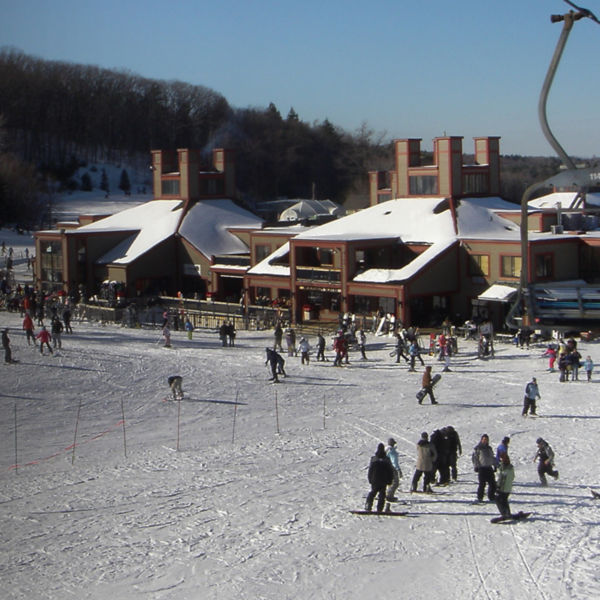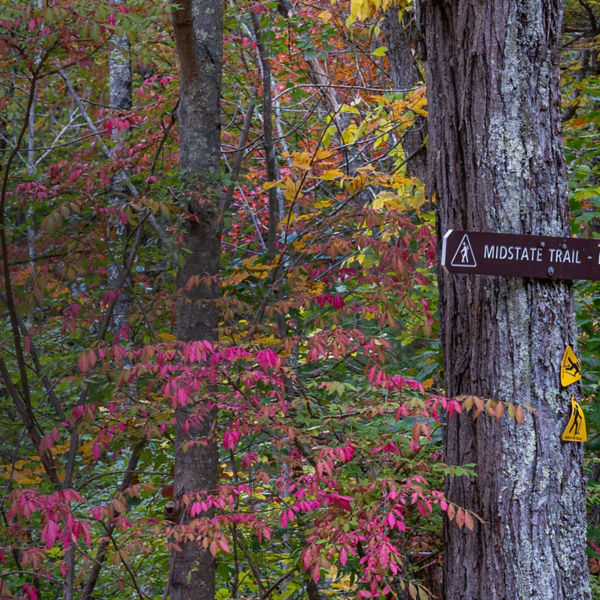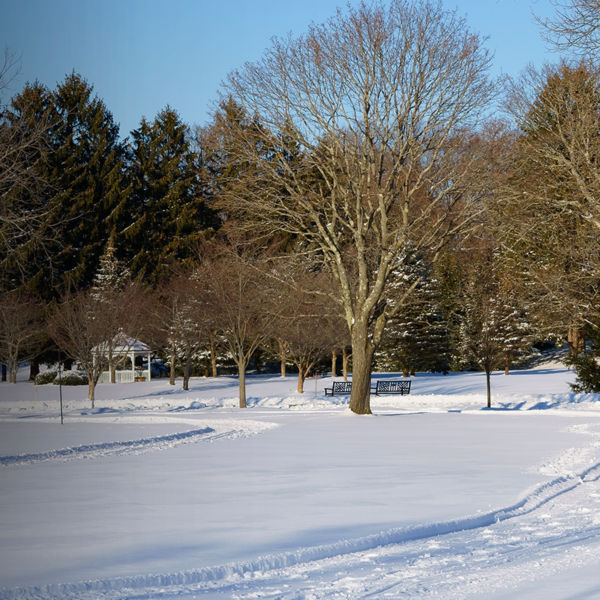
If you’re looking for great fishing in Greater Boston, it’s hard to beat striped bass. You may also know these big, powerful fish as stripers, or even rockfish, easily identified by the seven horizontal stripes running from gill to tail. The migratory fish, best known for their voracious appetites and size (reaching 100 pounds), are found in schools along the Atlantic coast, as well as in the freshwater rivers and streams of Massachusetts. Learn the basics and put yourself in the right position for a battle you won’t soon forget.
When To Fish
Fishing for stripers usually begins in early to mid-May as the fish migrate from the south to spawn. They stay busy feeding on alewives, herring, and mackerel; fishing for stripers only gets better as the populations of these prey fish increase in June to mid-July, though you’ll have a good chance to catch stripers into early November as they depart the area. As with most fish, you’ll have the best luck casting lines just before dusk or dawn.
How To Fish Stripers
When you’re fishing for stripers, especially the big trophy fish, consider using live bait like mackerel, menhaden, eels, or worms. If you don’t want live bait, try baitfish-imitating crankbaits.
Look for areas with structures that stripers can swim around (and in). Think: ledges, rock piles, drop-offs, and brackish estuaries where freshwater rivers and streams meet the sea. In many locations you can fish from the shore, the beach, or a fishing pier. Adventurous anglers can also head out on the water on either a powerboat, or even in a fishing kayak.
Know Before You Go
To avoid any trouble, and to be a good steward of the natural environment, be sure to follow all rules and regulations. This includes getting a fishing permit (unless you are under 16), limiting yourself to one striped bass per day, with a minimum length of 28 inches. You can’t keep a striped bass on a stringer, or place it in a live well. Similarly, the striped bass must be kept whole, with the head, tail and body intact, though you are allowed to eviscerate them. More info: massfishhunt.mass.gov
Where To Go
Broad Sound
You don’t need to go far to find serious striper-fishing action in Boston. Broad Sound is near the northern entrance of Boston Harbor where water depth usually fluctuates between about 70 to 40 feet with mounds covering the sound’s sea floor. One catch: Though this spot is known for big bass, to access it you’ll need a boat (or fishing kayak). Once out on the water, however, many anglers choose to use trolling lines with live bait.
Stay alert out there, especially as you drift, aware of your location and other boat traffic in the often busy sound.
Castle Island
Whether you’re a beginner or an expert, Castle Island offers excellent shore fishing. Once truly an island, it was connected by a manmade strip to the mainland in 1928, creating a peninsula that juts out into Boston Harbor from South Boston. Situated in the shadow of Fort Independence, you can cast into Dorchester Bay and the Boston Main Channel to the north, which separates “the island” from Boston Logan International. Despite the airplanes streaming into and out of the nearby airport, it’s worth making your way to the northeast side of Fort Independence and out onto the Lt. John J. McCorkle Fishing Pier to cast for fish of all kinds, but especially stripers.
Spectacle Island
The Harbor Islands offer striper fishing from dryland that’s located one step farther beyond the city, out into the harbor and bay, away from the crowds. Spectacle is one of the few islands accessible in Boston Harbor by ferry. Catch the 30-minute ride that’s scheduled for three ferry departures each morning from (and back to) Long Wharf in Boston. When you hit Spectacle Island, fish right from the beach. Bonus: It’s one of the few harbor islands with a public bathroom, and its visitor’s center will rent fishing gear if you forget anything.
Governors Flats
This former island, now completely underwater, offers one of the best spots to catch big stripers in the entire state. You’ll need a boat or craft that can carefully cover the flats southeast of Boston Logan. Approach the marshy edge for nibbles, or fish over holes cut into the sea floor (20 feet deep or more) for the nearby airport’s construction. Located closer to the middle of the flats, the holes provide ideal habitat for stripers.
Deer Island
Another once-island, now-peninsula (courtesy of an early 20th-century storm), Deer Island presents anglers with access to quality striper waters on the northern edge of Boston Harbor. Head to the Deer Island pier, newly opened in 2021. It extends out toward the Deer Island flats, the perfect place to catch stripers—and one that’s easy to reach, even by bike, without launching onto the water.


































